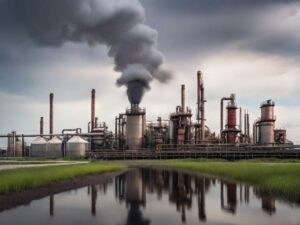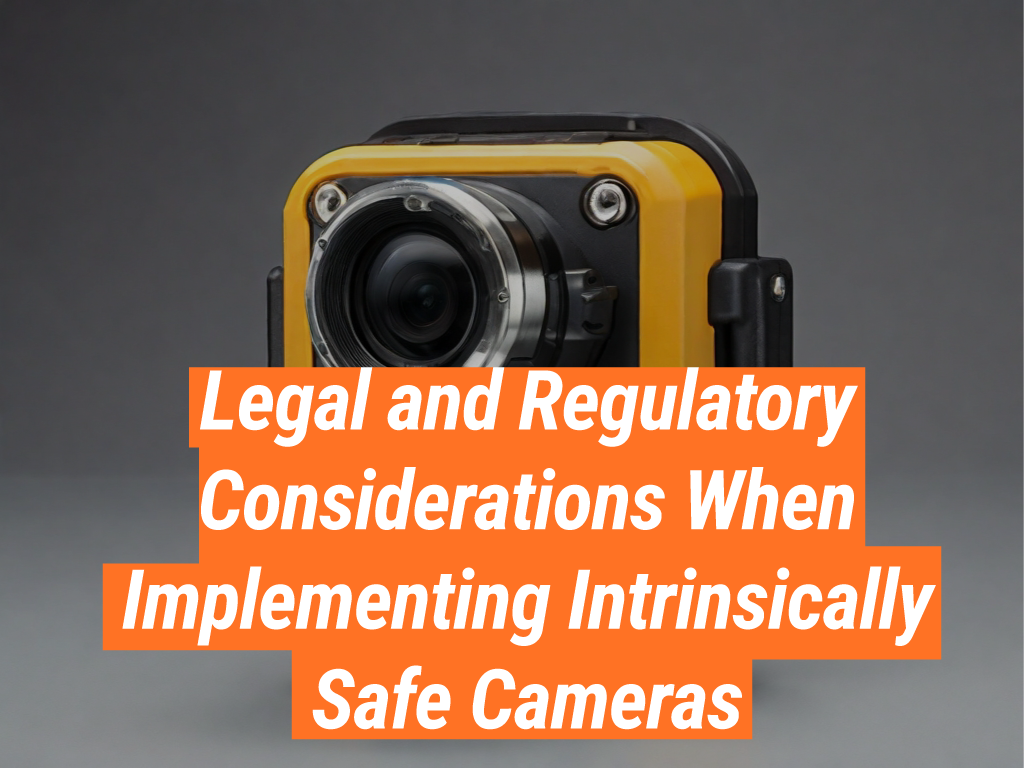As industries continue to prioritize safety in hazardous environments, the demand for intrinsically safe cameras has surged. These specialized devices are designed to operate safely in potentially explosive atmospheres, making them an essential tool in industries such as oil and gas, mining, and chemical processing. However, the implementation of these cameras is not without its legal and regulatory considerations. In this article, we will delve into these aspects, providing valuable insights for businesses looking to adopt this technology.

Before we proceed, it’s worth noting that the Intrinsically Safe Store is a leading provider of explosion-proof cameras and other explosion-proof devices. Visit our website to explore a wide range of products designed to enhance safety in hazardous environments.
Understanding Intrinsically Safe Cameras
Intrinsically safe cameras are designed to prevent ignition of flammable substances by limiting the electrical and thermal energy in the device. They are certified to be safe for use in hazardous areas where traditional cameras could potentially cause an explosion.
Legal and Regulatory Framework
Implementing explosion-proof cameras involves navigating a complex legal and regulatory landscape. Here are some key considerations:
- Compliance with Standards: Intrinsically safe cameras must comply with international standards such as ATEX in Europe, IECEx globally, and NEC/CEC in North America. These standards ensure that the devices are safe for use in explosive atmospheres.
- Legal Liability: Failure to use certified explosion-proof cameras in hazardous areas can result in legal liability in the event of an accident. Businesses must ensure that their devices are certified and regularly inspected to maintain compliance.
- Privacy Laws: Businesses must also consider privacy laws when implementing surveillance cameras. Regulations such as GDPR in Europe and various state laws in the U.S. dictate how surveillance footage can be used and stored.
Case Study: The Importance of Compliance
A case that underscores the importance of compliance is the 2010 Deepwater Horizon oil spill. The disaster, which resulted in 11 deaths and significant environmental damage, was partly attributed to non-compliant safety equipment. This incident serves as a stark reminder of the potential consequences of non-compliance.
Choosing the Right Intrinsically Safe Camera
Choosing the right intrinsically safe camera involves considering factors such as the specific hazardous area classification, the required camera features, and the relevant legal and regulatory requirements. The Intrinsically Safe Store offers a wide range of certified cameras suitable for various industries and applications.
Navigating Legal and Regulatory Landscape for Intrinsically Safe Cameras
Implementing intrinsically safe devices is a critical step towards enhancing safety in hazardous environments. However, businesses must navigate a complex legal and regulatory landscape to ensure compliance. By understanding these considerations and choosing the right devices, businesses can mitigate risks and enhance safety.
If you’re looking for explosion-proof cameras or other explosion-proof devices, visit the Intrinsically Safe Store. Our team of experts can guide you through the selection process, ensuring that you choose the right devices for your specific needs. Contact us today to learn more.


























